The post New South Wales Government Regulation For Insulated Vinyl Cladding appeared first on .
]]>The NSW government has introduced legislation governing insulated cladding and in particular vinyl cladding with polystyrene insulation ( refer to the posting below ).
At this point in time it only applies to buildings of two or more storeys, which encompasses all two storey homes at this time. Why single storey homes with cladding comprising of polystyrene insulation are not included, I suspect, is because of the sheer number involved.
There are tens of thousands of single dwelling homes with insulated vinyl cladding containing polystyrene and polystyrene cladding that has been rendered in NSW.
KEEP YOUR FAMILY SAFE ONLY INSTALL NON-FLAMMABLE AUSTRALIAN MADE PALLISIDE CLADDING ON YOUR HOME
Unlike Vinyl Cladding which has a polystyrene foam backing, our Palliside Cladding conforms with the Australian Standard AS1530.3.
- Ignitability 0
- Heat evolved 0
- spread of flame 0
- Smoke evolved 8
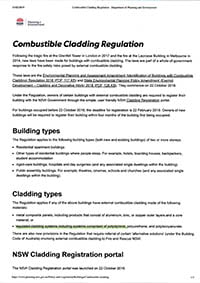 Please click the image to read the full combustible cladding regulation for this long overdue development.
Please click the image to read the full combustible cladding regulation for this long overdue development.
The post New South Wales Government Regulation For Insulated Vinyl Cladding appeared first on .
]]>The post Experienced,expert and well paid tradesmen are the secret! appeared first on .
]]>The post Experienced,expert and well paid tradesmen are the secret! appeared first on .
]]>The post How to Keep Australian Buildings Safe and Compliant with Non Flammable Cladding appeared first on .
]]>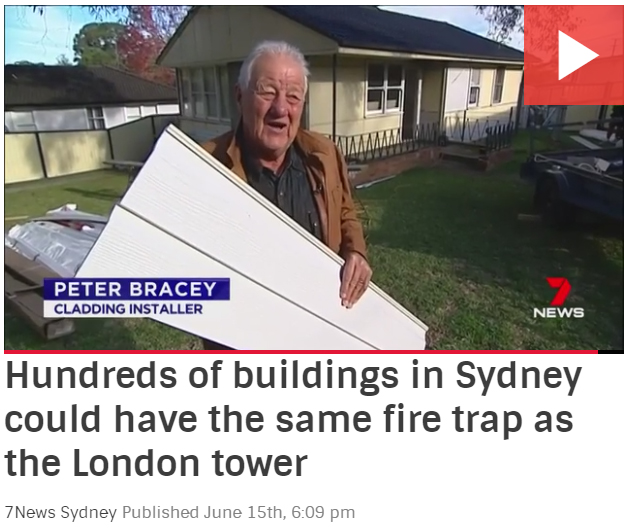
Peter Bracey, a premier cladding installer in Sydney offers only 100% Australian made Palliside cladding that offers a nil combustion ratio.
A number of experts are now suggesting that the recent addition of new aluminium cladding at Grenfell Tower played a significant role behind the fire. Instead of using fireproof insulation, the space between the building structure and the aluminium façade was stuffed with inexpensive and non-fireproof insulation. Some reports claim that the fire was created by an exploding electrical appliance, and was expedited by cladding with inadequate installation and flammable insulation.
The incident at Grenfell Tower is no less than a wake up call for the regulatory authorities in Australia. It is extremely frightful to know that thousands of high-rise buildings in Sydney have used exactly the same cladding materials that were responsible for the fire at Grenfell Tower.
Australia has had its own share of fire disasters over the years. In 2014, Melbourne’s Lacrosse Residential Apartment Building suffered extensive damage from fire caused by a cigarette. The building’s combustible external cladding helped the fire spread quickly to all its floors. Further investigations revealed that this imported cladding material was highly inflammable, and was not tested to Australian standards.
Unfortunately, the regulatory bodies in Australia have not responded adequately to the incident at the Lacrosse Residential Apartment. Even today, the nature of cladding used in thousands of apartment complexes in Sydney is exactly similar to the one that accelerated the fire in Grenfell Tower. A very high percentage of these buildings have an inflammable cladding done, using aluminium composite panels with a polyethylene core. Experts suggest that replacement of the existing cladding in these buildings is not a viable solution because the cost may touch billions of dollars.
Along with the increase in the number of high-rise buildings throughout the country, the application of flammable cladding materials have also become common over the last decade or so. Some of the most common benefits of cladding are enhanced rigidity, insulation, and cosmetic improvements of the building. However, most of the cheap and imported cladding materials comprise of plastic cores compressed between two aluminium panels, and are less fire retardant compared to the compliant materials.
The best step towards protecting our buildings from potential fire hazards is to use non flammable cladding materials that are tested to perform under the extreme Australian climate. The desirable attributes of a safe cladding material has been clearly specified in the Australian fire standard (AS1530.3). The use of non-combustible building materials has also been recommended by the National Construction Code (NCC). In order to comply with the Australian fire standard (AS1530.3), the cladding materials are required to have the following qualities
- Zero ignitability
- Zero heat evolved
- Zero spread of flame
- Smoke developed 8
As per recommendations from the fire safety experts all over the country, the best cladding option for the Australian buildings is solid UPVC Palliside Cladding. Australian manufactured and engineered to tolerate the hostile Australian climate, this material is used extensively in areas that are bushfire prone. Palliside is also capable of handling extreme temperatures with a temperature range of -10°C to 60°C as well as many other benefits.
Please feel free to contact us to find out more about ensuring unbreachable fire safety for your family and household by installing the best quality Palliside cladding.
The post How to Keep Australian Buildings Safe and Compliant with Non Flammable Cladding appeared first on .
]]>The post Non Flammable Cladding appeared first on .
]]>- Ignitability 0
- Heat evolved 0
- Spread of flame 0
- Smoke developed 8
When you have Australian made Palliside cladding installed on your home, you will have the most superior domestic cladding, you can be comfortable that your home is not only maintenance free but also fire proof!
The post Non Flammable Cladding appeared first on .
]]>The post Hampton’s style renovations all the fashion appeared first on .
]]>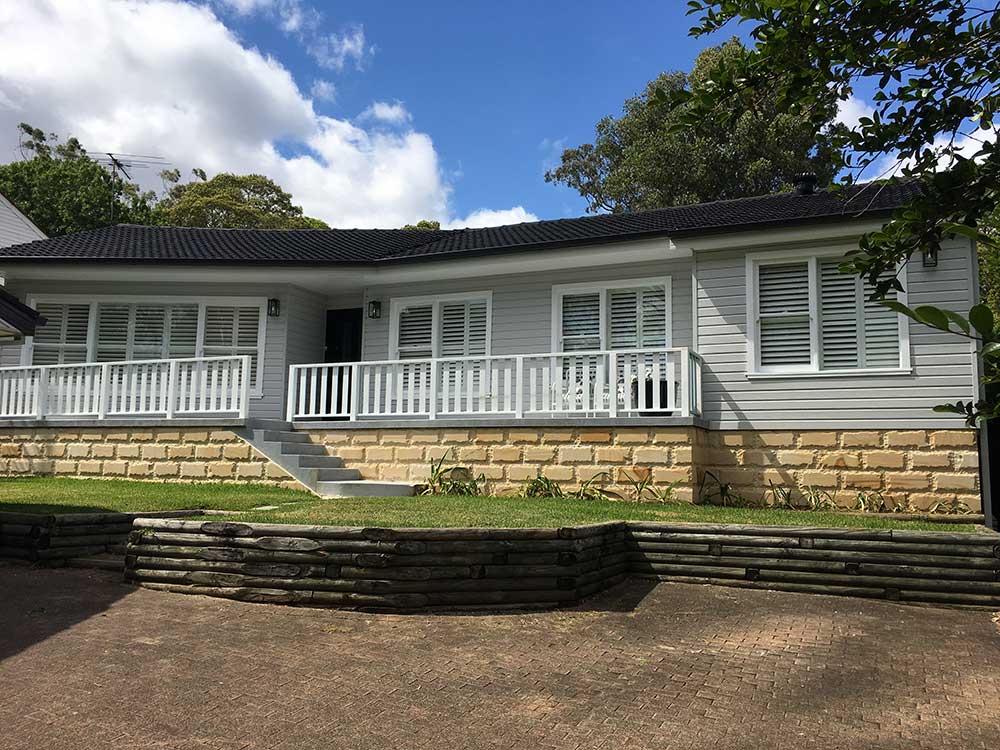

We are now getting a lot of calls to perform Hampton’s style renovations.
The Photo above has a Colorbond Deep ocean blue roof, gutter, facia, barges.
Australian made Palliside white walls , eaves and windows.
STOP PRESS: We have now introduced our new Slate Grey ( same colour as Lysaughts colorbond materials with the same name).
We are now completing our first jobs in this new colour, and we are positive it will be very popular, from the responses we are receiving.
Icon Plastics tested the colour for over 2 years in a rapid ageing accelerator before release this May. The manufacturer, Icon Plastics holds the highest quality assurance qualifications of any manufacturer in Australia. That is why we have a 25 year “fair dinkum” Australian warranty.
Australian made Palliside has a unique UV coating applied to the exterior of the weatherboards which eliminates fading and powdering, as occurs with imported vinyl cladding.
The post Hampton’s style renovations all the fashion appeared first on .
]]>The post Maximise the value of your home with quality house cladding! appeared first on .
]]>Most of Peter Bracey’s client chose a complete external make over which can add hundreds of thousands of dollars to their biggest single investment and also eliminate future maintenance. The photos below are an example of one such project.
The clients idea in conjunction with the builder was to create a modern cottage look with a colour scheme that would not date!
The roof was stripped of the terracotta tiles, new battens were fixed, a 50 mm foil insulation blanket was layed and then a new gull grey colorbond roof.
The gutters, facia, barges were all renewed in gull grey to match the roof and downpipes in white, Insulated Palliside UPVC weatherboard cladding.
The old warped, cracked, powdered and faded vinyl cladding was removed along with the colorbond wall cladding on the rear extension of the house (it had extremely bad insulation value, cold in winter and hot in summer). The eaves and the ceiling of the back patio were also cladded in Icon jointed structural eave sheeting. And lastly a matching awning was fitted to the front patio.
See Project Before and After photos below
Note: The Vinyl Cladding has been changed to quality Palliside Cladding.
Before (old vinyl cladding) 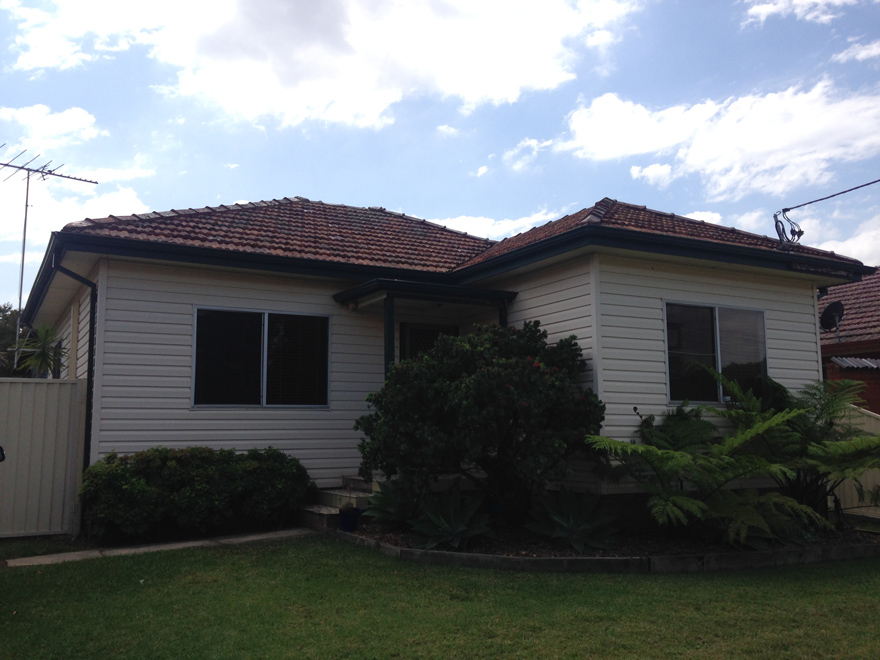 |
After (new Pallide cladding)  |
Before  |
After 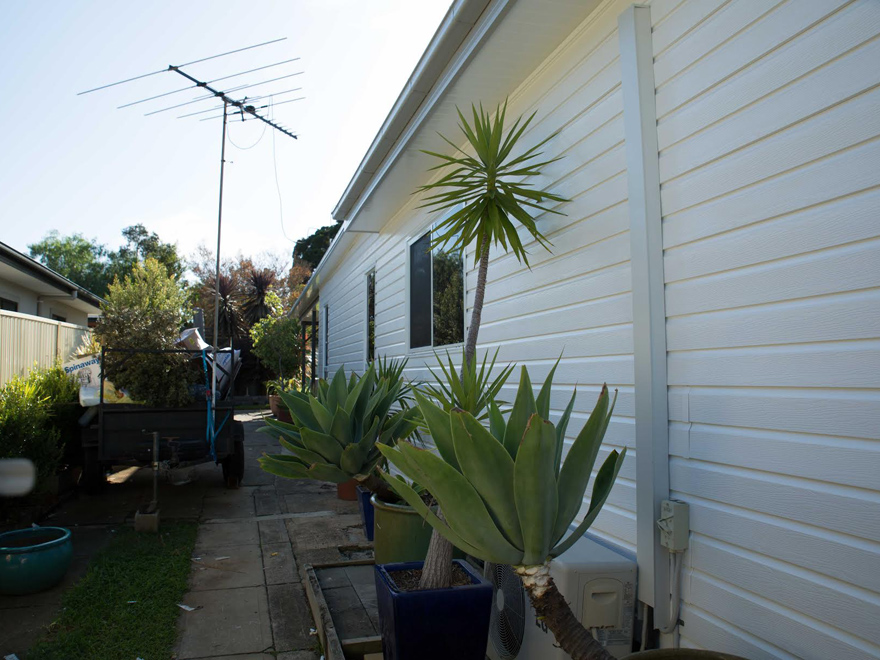 |
Before 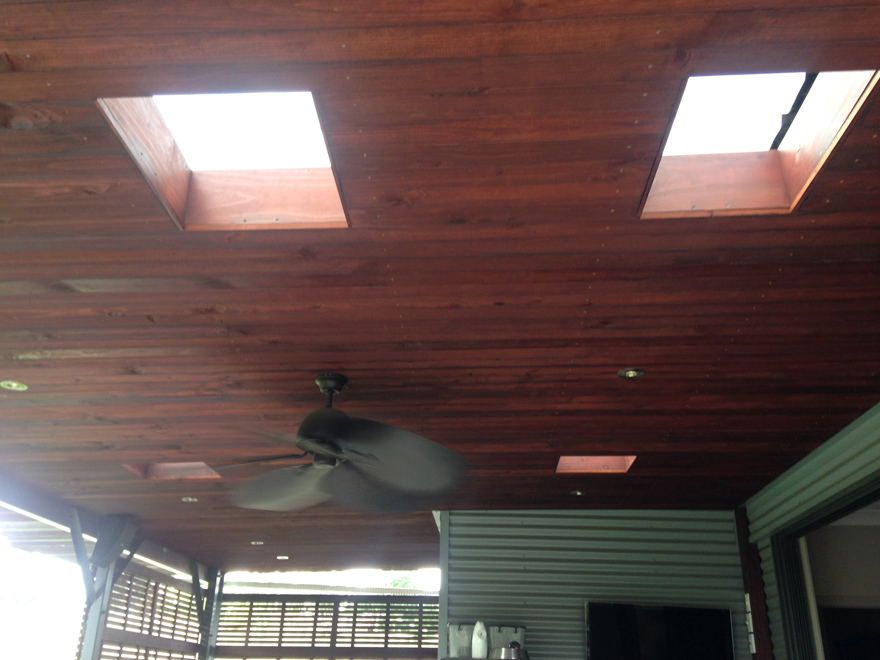 |
After 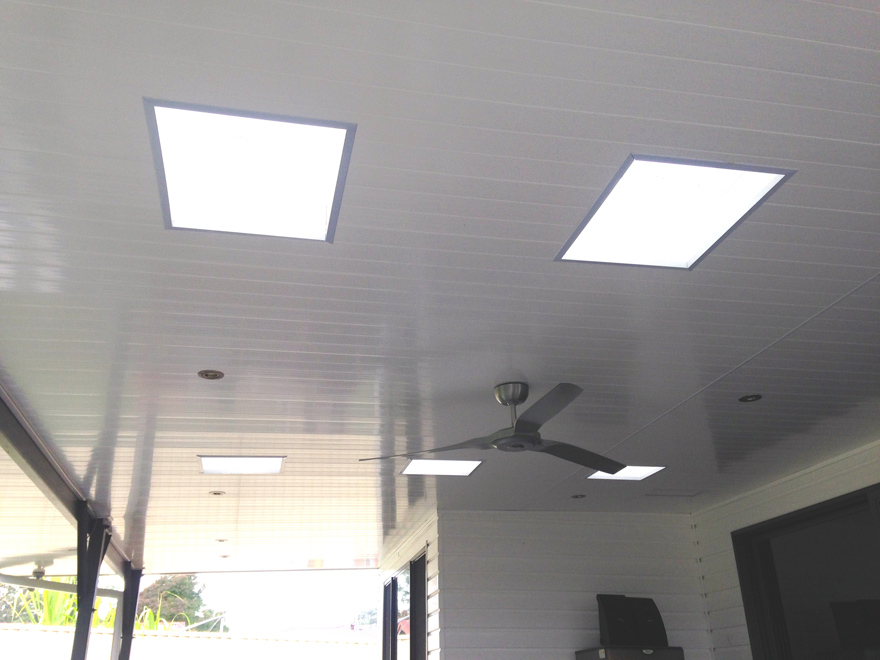 |
Before 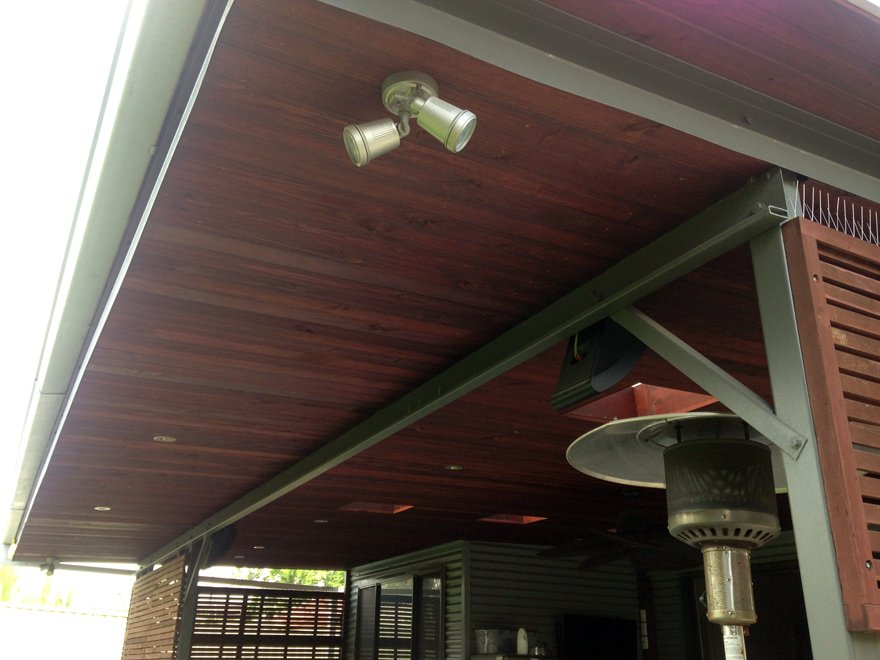 |
After  |
Before 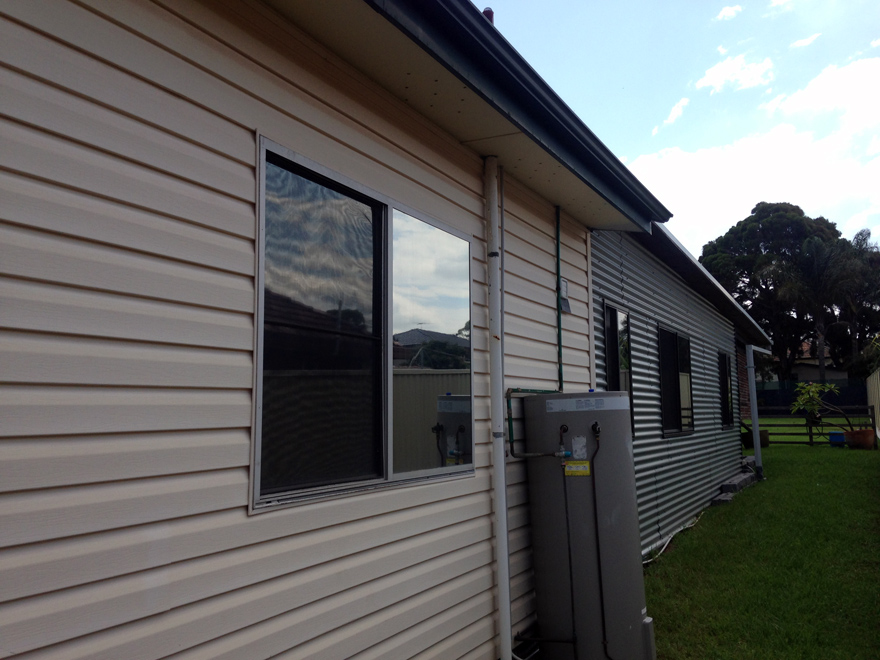 |
After  |
The post Maximise the value of your home with quality house cladding! appeared first on .
]]>The post Dressing up your homes foundations after your Palliside cladding home restoration! appeared first on .
]]>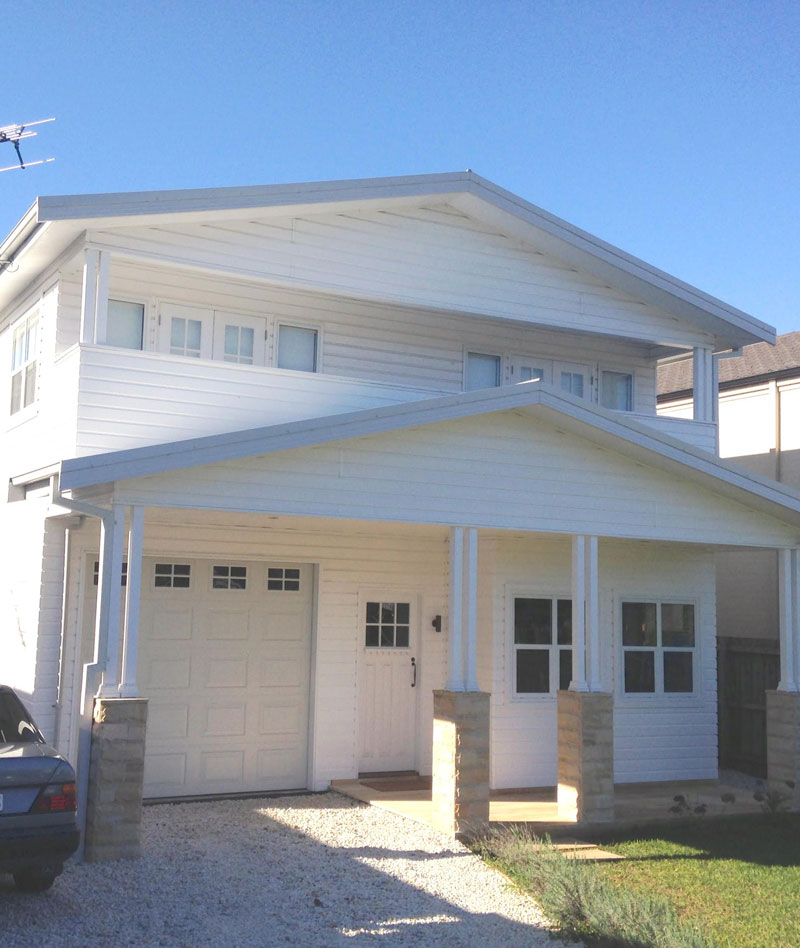
Peter Bracey is often asked what can be done to dress up the foundations below the new Palliside cladding renovation!
Here are a few suggestions of the treatments you can add to this section of your home to give it a face lift to complement the Palliside cladding:
- You can clean the brick foundation using diluted Muriatic acid,available at hardware stores.But read the instructions before using!
- You can clean the bricks ,as above and paint them in the same colour as the Palliside weatherboard cladding,or a different or complimentary colour.
- You can clad the bricks in sawn sandstone tiles or rough hewn sandstone tiles. A wall and floor tiler can perform this job or if you are handy you can do it your self.
- Brick pillars can be also be clad in sandstone tiles.
Most tile suppliers carry sandstone cladding.
Use original sandstone not a composite material as it looks fake!
When renovating remember quality is everything and your renovation will never date!
The following photos show different treatments used.
Before 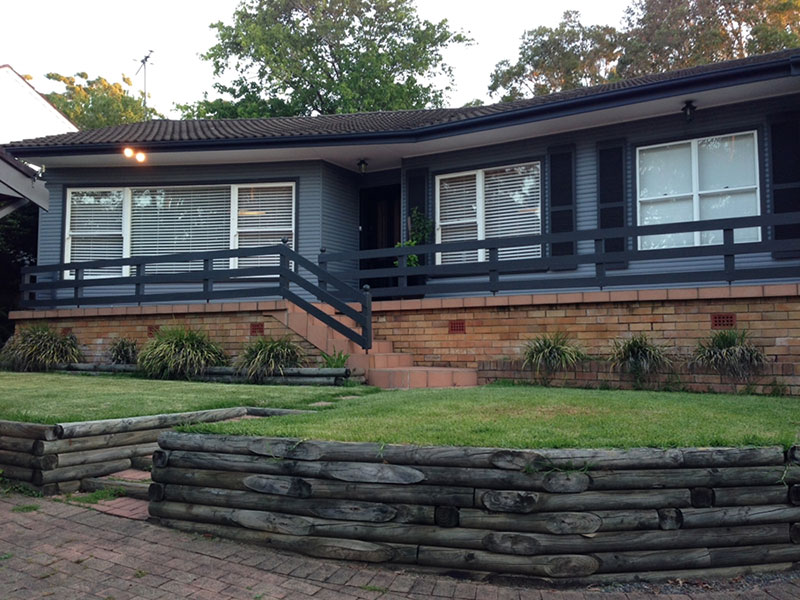 |
After 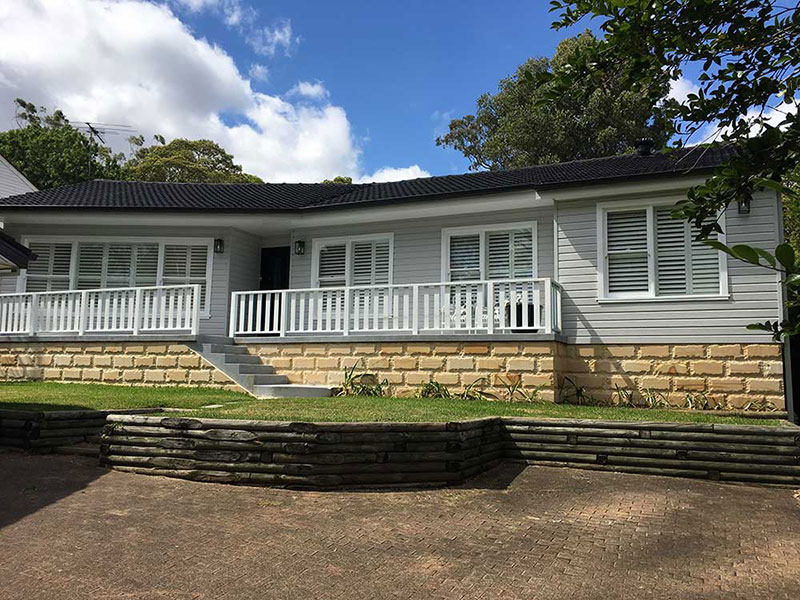 |
Before  |
After  |

The post Dressing up your homes foundations after your Palliside cladding home restoration! appeared first on .
]]>The post Roof restoration of 70 year old terracotta tiled roof! appeared first on .
]]>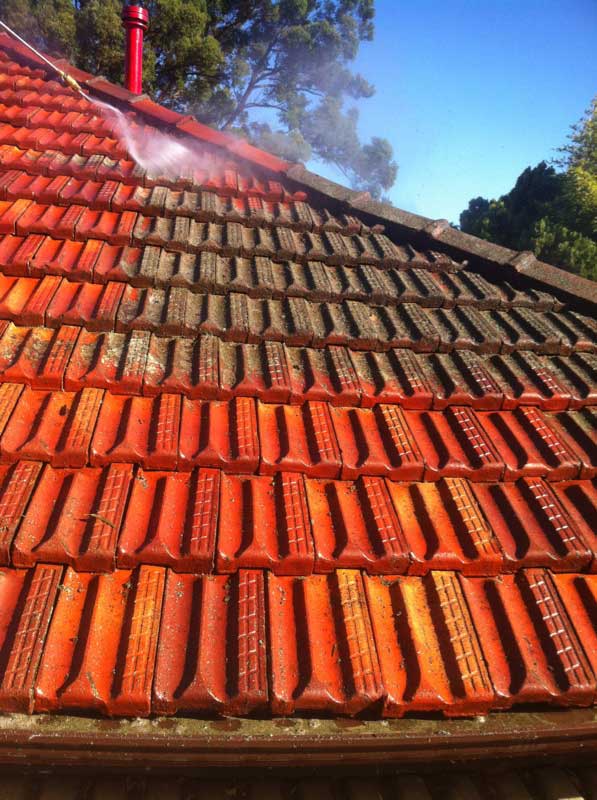
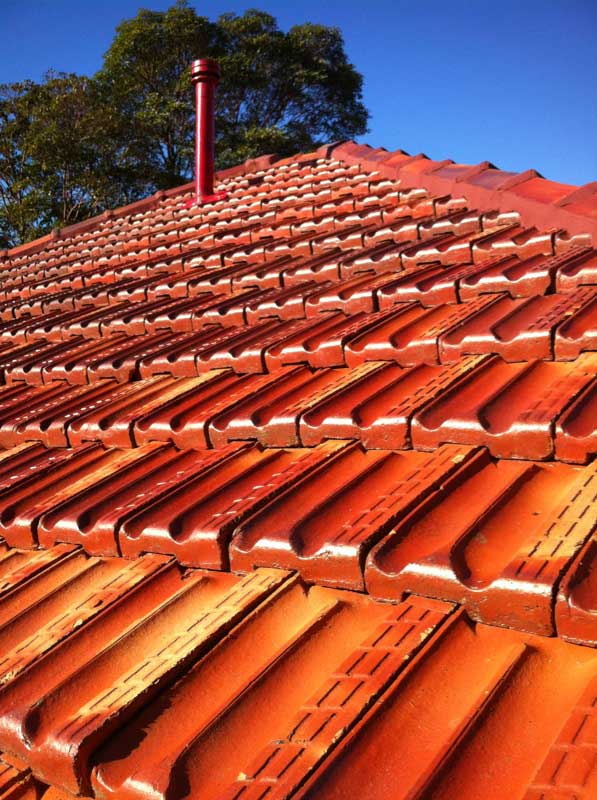
Peter Bracey is a builder who specialises in a complete exterior home make overs and has done so since 1969.
When Peter clads a home he very often suggests other work that should be undertaken to improve the appearance of the house! Such as a roof restoration of the existing tile roof. This is inexpensive compared to the cost of a new roof.
The photos show the restoration process on a 70 year old terracotta tiled roof at Revesby that Peter is also cladding with Palliside weatherboards which never need painting, he is also covering the facias in colorbond facia cover, cladding the eaves in Icon jointed eave sheet, and erecting a colorbond awning to the rear of the home. All these materials a maintenance free apart from cleaning, no more painting. The house already has existing aluminium windows which Peter will flash, then cover the flashing and surround the windows with a trim to finish off the Palliside cladding.
Terracotta tiles can last for hundreds of years,but are subject to lichen growth which gives that ugly greenish look to the tiles.
The procedure for the roof restoration is as follows:
1/ Replace any broken tiles and ridge capping.
2/ Replace metal valleys that have rusted out with colour bond ones if necessary.
3/ High pressure clean the roof from the top down,so no water penetrates the roof.
4/ Apply an anti-fungicide to the roof to kill all the lichen spores and to clean the nose of the tiles.
5/ The ridges are pointed in coloured flexi-point,which unlike cement is flexible as the name suggests and will not fall out after time.
Peter will post a further update on this job when it is all finished
The post Roof restoration of 70 year old terracotta tiled roof! appeared first on .
]]>The post Sydney storm causes havoc to homes with vinyl cladding appeared first on .
]]>
Peter Bracey has received numerous reports of damage to thin vinyl cladding after the severe storms that hit Sydney during April. The East Coast low as it was termed was the equivalent of a category 2-3 cyclone!
Vinyl cladding is not cyclone rated and as a result the unfortunate home owners that have gone for the cheap vinyl cladding option will continue to experience damage to their homes!
Climate change, which we are experiencing in Australia with the rest of the world, will mean an increase in these violent storm cells in the years to come.
Peter has received orders from some of these home owners to remove the damaged vinyl cladding and replace the entire home with Palliside UPVC weatherboards, which is engineered and made in Australia and meets category 3 cyclone rating,as defined in the Wind Loading Code AS 1170.2! Palliside is also an A type building material which can also be fixed directly to the frame in new construction.
Peter did not have any reports of damage to Palliside cladding!
The majority of the vinyl cladding installed in Australia is manufactured overseas in Canada,USA and China and is classed as a decorative covering only. This is the reason it will not stand up to our harsh climatic conditions.
The attached photo shows how the vinyl cladding has been ripped from the gable and all that is left are the timber battens showing the nails protruding from them ,that originally were fitted through the nailing slots of the vinyl weatherboards and a tiny piece of vinyl flapping on the apex of the gable!

Source of storm photo above: Kim Hinton/Facebook
The post Sydney storm causes havoc to homes with vinyl cladding appeared first on .
]]>The post The importance of flashing aluminium windows when cladding ! appeared first on .
]]>Home owners should always ask the cladding company or builder they are considering employing to renovate their home,how he is going to flash the windows to prevent future leaks. It is a very simple process. The flashing should be fixed to the four sides of the windows and then the cladding covers the flashing and is butted up to the windows.
When using Bracey architectural windows (as you can see from the photo below), no trim is required to finish off around the window. This is because Peter Bracey’s windows have an inbuilt 65 mm architrave which forms a J-channel behind the Palliside weatherboard cladding where the flashing is fitted. It is always advisable to run a bead of silicone along the top of the window where the cladding meets, this will ensure 100% waterproof windows.
Before 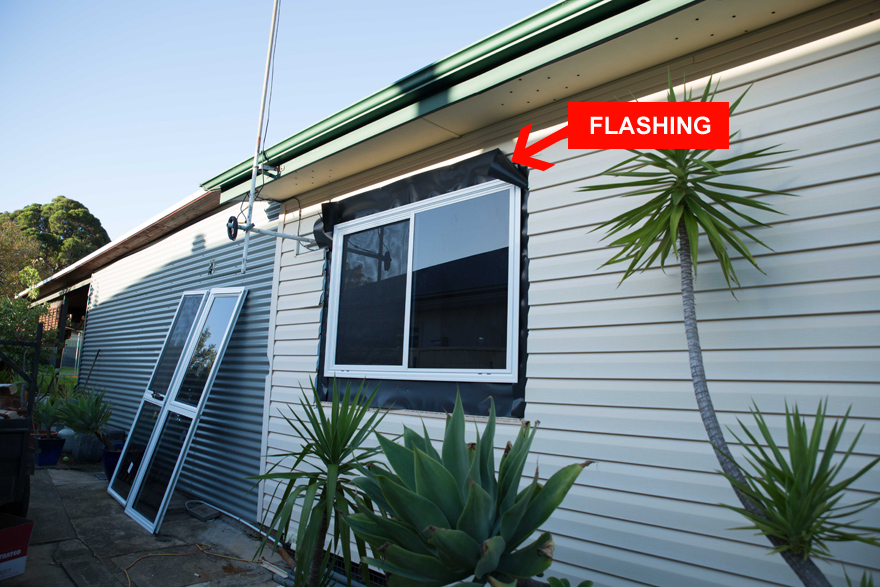 |
After  |
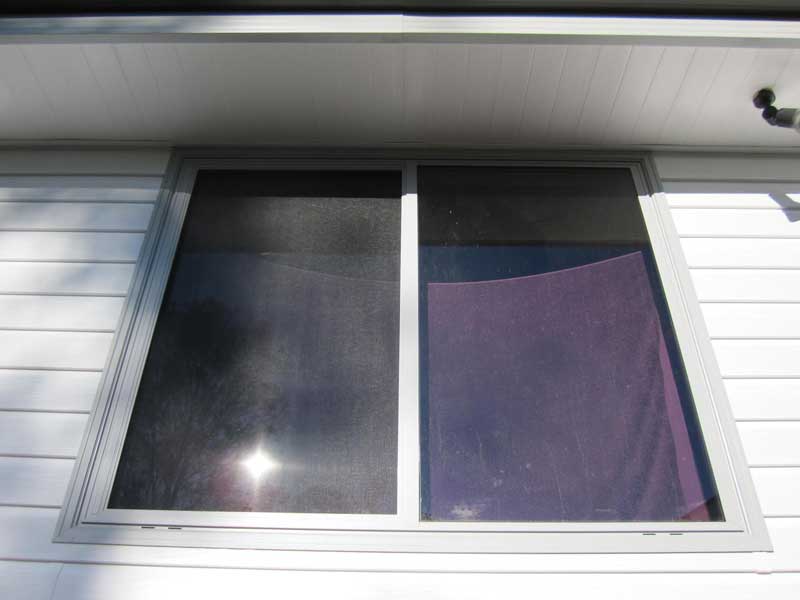 |
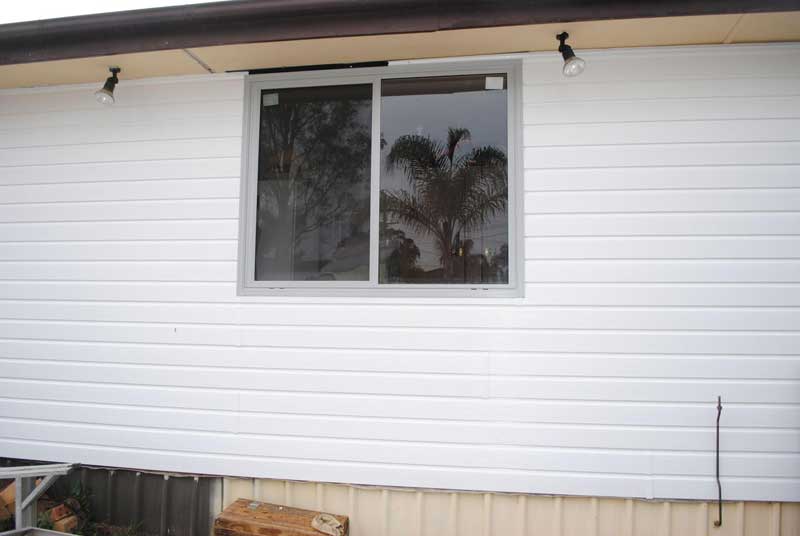 |
Peter now finds that a large percentage of new jobs are stripping existing vinyl and aluminium cladded renovations and giving the house a complete make over(refer to the before and after photos on the website for examples).
During the record Sydney storms in April 2015 Peter did not have any reported window leaks or any service calls of any kind from his past 1000s of clients.
So all past and future clients can be assured of “perfection nothing less! “
The post The importance of flashing aluminium windows when cladding ! appeared first on .
]]>